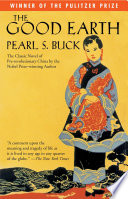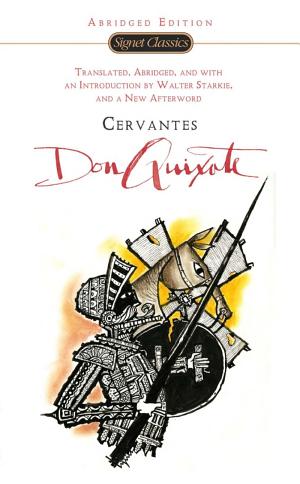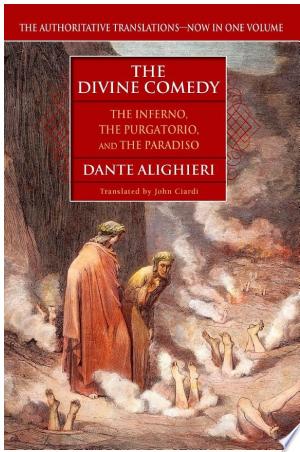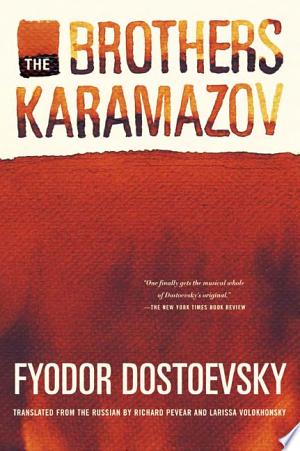
Estimated read time: 5 min read
One Sentence Summary
A Chinese farmer rises from poverty to prosperity, but finds that wealth brings its own set of problems.
Table of Contents
Introduction
"The Good Earth" by Pearl S. Buck is a timeless classic that delves into the life of a Chinese farmer, Wang Lung, and his family. Set in the early 20th century, the novel provides a compelling portrayal of the struggles, triumphs, and societal changes experienced by the protagonist and his loved ones. As the story unfolds, readers are exposed to the complexities of human nature, the cyclical nature of life, and the profound impact of one's connection to the land.
Brief Synopsis
Plot Overview and Setting
"The Good Earth" is primarily set in rural China, against the backdrop of a society undergoing significant transformation. The story follows the life of Wang Lung, a hardworking farmer, as he navigates through poverty, prosperity, and the challenges of maintaining his ancestral land. The novel spans several decades, capturing the essence of pre-revolutionary China and the impact of cultural and economic shifts on the protagonist's life.
Main Characters
Below are the main characters in "The Good Earth" and brief descriptions of their roles in the story.
| Character | Description |
|---|---|
| Wang Lung | A hardworking Chinese farmer who experiences both poverty and wealth. His connection to the land is central to the narrative. |
| O-Lan | Wang Lung's wife, who is depicted as a stoic and resilient woman. Her unwavering support is crucial to the family's survival. |
| The Eldest Son | Represents the conflict between traditional values and the allure of modernity, as he grapples with his identity and ambitions. |
| Lotus | A concubine who enters Wang Lung's life during a period of prosperity, symbolizing the temptations and moral dilemmas faced by the protagonist. |
Summary of Each Different Story Points Over Chapters
Chapter 1-10
In the early chapters, the novel introduces Wang Lung as a poor farmer who marries O-Lan, a diligent and resourceful woman. Despite their hardships, they demonstrate resilience and determination to build a better life for themselves.
Chapter 11-20
As Wang Lung's fortunes change, he experiences newfound prosperity and indulges in a lifestyle that contrasts sharply with his humble beginnings. His relationship with O-Lan undergoes strain, and the dynamics within the family begin to shift.
Chapter 21-30
The narrative delves into the complexities of Wang Lung's relationships with his sons, particularly his eldest son, whose desires and actions challenge the traditional values upheld by the protagonist. The family grapples with internal conflicts and external pressures as societal changes encroach upon their lives.
Chapter 31-40
Wang Lung's moral fiber is tested as he navigates the impact of his choices and the consequences of his actions. The interplay between wealth and spiritual fulfillment becomes increasingly pronounced, leading to a profound introspection on the part of the protagonist.
Main Events
- Wang Lung's marriage to O-Lan and their initial struggles
- The acquisition of land and the family's rise from poverty
- Wang Lung's relationship with Lotus and the ensuing family dynamics
- The conflicts between traditional values and the allure of modernity
- The impact of societal changes and political unrest on the family's fortunes
- Wang Lung's reflections on the cyclical nature of life and his connection to the land
Themes and Insights
Themes
- Connection to the Land: The novel emphasizes the deep-rooted connection between the protagonist and the land, portraying it as a source of sustenance, identity, and spiritual fulfillment.
- Wealth and Morality: The interplay between wealth and ethical conduct is a recurring theme, as Wang Lung grapples with the moral implications of his actions.
- Family and Tradition: The tensions between traditional values and the forces of modernization are explored through the lens of family dynamics and generational conflicts.
- Cyclical Nature of Life: The cyclical nature of life, characterized by periods of abundance and scarcity, forms a central motif throughout the narrative.
Insights
"The Good Earth" provides profound insights into the human experience, underscoring the universal themes of resilience, moral dilemmas, and the enduring significance of one's connection to the land. Through the protagonist's journey, readers are invited to contemplate the complexities of human nature and the enduring impact of societal changes on individual lives.
Reader's Takeaway
Readers of "The Good Earth" are likely to be captivated by the rich tapestry of themes and the compelling portrayal of the protagonist's journey. The novel offers a poignant reflection on the enduring human spirit, the complexities of moral decision-making, and the profound influence of one's relationship with the environment. Additionally, it provides a thought-provoking exploration of the tensions between tradition and progress, inviting readers to contemplate the timeless conflicts that shape human existence.
Conclusion
In conclusion, "The Good Earth" stands as a literary masterpiece that continues to resonate with readers across generations. Through its vivid depiction of rural China, its exploration of timeless themes, and its compelling characters, the novel offers a profound and immersive reading experience. Pearl S. Buck's storytelling prowess shines through as she weaves a narrative that transcends cultural boundaries, inviting readers to ponder the enduring complexities of the human condition.
The Good Earth FAQ
What is the genre of 'The Good Earth'?
Who is the author of 'The Good Earth'?
What is the setting of 'The Good Earth'?
What is the main theme of 'The Good Earth'?
Is 'The Good Earth' part of a series?




